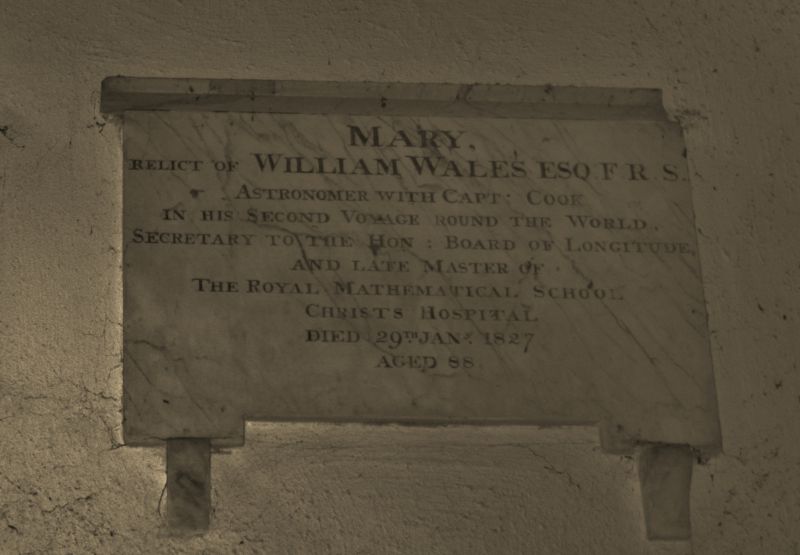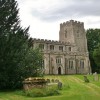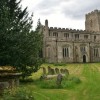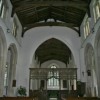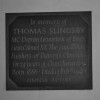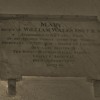Uploader's Comments
William Wales (1734 – 29 December 1798) was a British mathematician and astronomer.
As part of the plans of the Royal Society to make observations of the June 1769 transit of Venus, which would lead to an accurate determination of the astronomical unit (the distance between the Earth and the Sun), Wales and an assistant, Joseph Dymond, were sent to Prince of Wales Fort on Hudson Bay to observe the transit.
Wales and William Bayly were appointed by the Board of Longitude to accompany James Cook on his second voyage of 1772–75, with Wales accompanying Cook aboard the Resolution. Wales' brother-in-law Charles Green, had been the astronomer appointed by the Royal Society to observe the 1761 transit of Venus and had died during the return leg of Cook's first voyage. The primary objective of Wales and Bayly was to test Larcum Kendall's K1 chronometer, based on the H4 of John Harrison.
During his voyage of 1791-95, George Vancouver, who had studied astronomy under Wales as a Midshipman on the HMS Resolution during Cook's second circumnavigation, named Wales Point, a cape at the entrance to Portland Inlet on the coast of British Columbia, in honour of his tutor; the name was later applied to the nearby Wales Island by an official at the British Hydrographic Office. In his journal, Vancouver recorded his gratitude and indebtedness to Wales's tutelage "for that information which has enabled me to traverse and delineate these lonely regions."
Wales featured on a New Hebrides (now Vanuatu) postage stamp of 1974 commemorating the 200th anniversary of Cook's discovery of the islands.
The asteroid 15045 Walesdymond, discovered in 1998, was named after Wales and Dymond.
Uploaded by Lee Holmes on 11 November 2012
